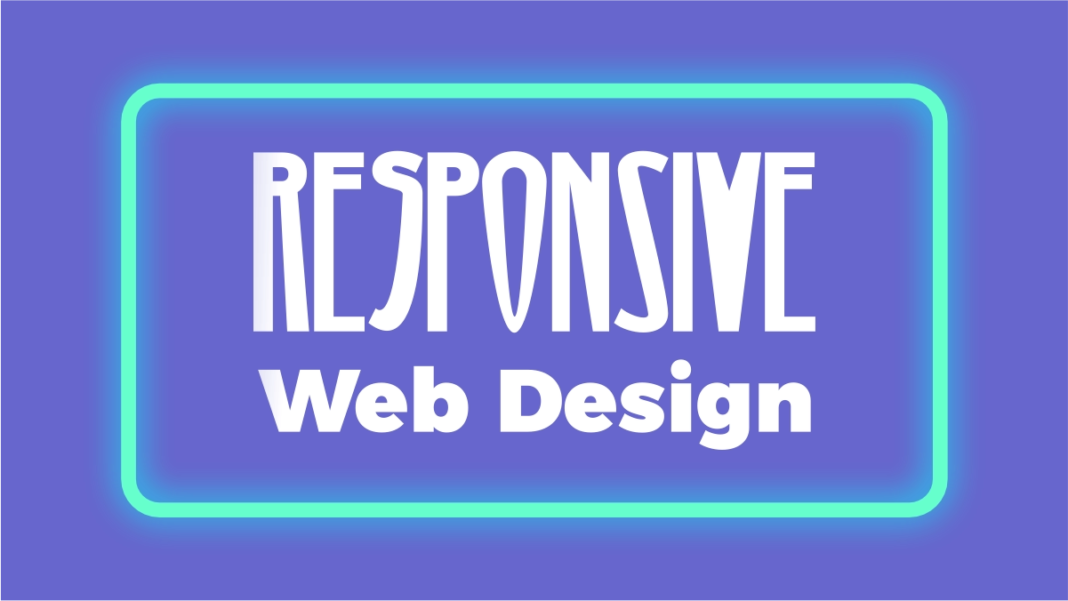In the ever-evolving digital landscape of 2025, choosing the right design approach for your website is more critical than ever. Whether you’re building a new site or revamping an existing one, understanding the nuances between Responsive Web Design and Adaptive Design can significantly impact your site’s performance, user experience, and SEO. This article explores the key differences, benefits, and drawbacks of each approach-especially in the context of Responsive Web DesignEmail Design-to help you make an informed decision.
What Is Responsive Web Design?
Responsive Web Design (RWD) is a fluid approach that allows a website to adapt seamlessly to any screen size using flexible grids, media queries, and scalable images. It’s like water-it flows into any container, whether that’s a smartphone, tablet, or desktop monitor. [Adaptive v…& Examples]
Key Features:
- Single codebase for all devices
- CSS media queries for layout adjustments
- Fluid grid systems and flexible images
- SEO-friendly structure with one URL
Responsive design is ideal for businesses seeking scalability, consistency, and ease of maintenance. It’s also the preferred method by Google, especially with mobile-first indexing now being the standard. [Responsive…essibility]
What Is Adaptive Design?
Adaptive Web Design (AWD) uses multiple fixed layouts tailored to specific screen sizes. When a user accesses the site, the server detects the device and serves the appropriate layout. [Adaptive v…es in 2025]
Key Features:
- Multiple distinct layouts (e.g., 320px, 768px, 1024px)
- Server-side or JavaScript-based layout switching
- Optimized UX per device
Adaptive design offers pixel-perfect control and faster load times for targeted devices, making it ideal for high-performance applications or content-heavy platforms. [Adaptive v…& Examples]
Responsive vs Adaptive: Performance & UX in 2025
Performance:
- Responsive Design may load all assets regardless of device, which can slow down mobile performance if not optimized.
- Adaptive Design serves only the necessary assets, resulting in faster load times and better performance on mobile. [Adaptive v…es in 2025]
User Experience:
- Responsive design ensures consistency across devices, which is great for branding and usability.
- Adaptive design allows for tailored experiences, which can be more engaging but may feel inconsistent across platforms. [Adaptive v…& Examples]
SEO Impact: Why Responsive Web Design Wins
In 2025, SEO is more competitive than ever. Google’s mobile-first indexing prioritizes mobile-friendly sites, and responsive design aligns perfectly with this strategy. [Why Respon…EO in 2025]
SEO Benefits of Responsive Design:
- Single URL: Easier for search engines to crawl and index
- Improved Core Web Vitals: Better scores for LCP, FID, and CLS
- Lower Bounce Rates: Consistent UX reduces user frustration
- Faster Load Times: Optimized images and streamlined code
Adaptive design can pose SEO challenges due to multiple versions of a page, potential duplicate content, and inconsistent linking. [Why Respon…EO in 2025]
When to Choose Responsive vs Adaptive Design
Choose Responsive Design If:
- You want universal access and easier maintenance
- Your site is content-driven (e.g., blogs, CMS platforms)
- SEO and scalability are top priorities
- You’re designing for unknown future devices
Choose Adaptive Design If:
- You need high control over UX for specific devices
- Your site is performance-sensitive (e.g., SaaS platforms, e-learning)
- You’re targeting high-value user journeys
- Your industry has strict interface constraints (e.g., healthcare, finance)
Hybrid Approaches: The Best of Both Worlds?
Many modern websites are adopting hybrid strategies-using responsive design for general usability and adaptive tweaks for high-impact pages like checkout flows or media playback. [Adaptive v…& Examples]
Example:
- A responsive homepage for broad accessibility
- Adaptive product pages with device-specific optimizations
This approach balances flexibility, performance, and SEO while future-proofing your site for emerging devices.
Expert Quote
“Responsive design is the foundation of modern web development. It ensures your site is accessible, scalable, and SEO-friendly. But for businesses with complex user journeys, adaptive design-or a hybrid approach-can offer the precision needed to truly optimize engagement.”
– Liam Derbyshire, CEO @ Influize [Adaptive v…es in 2025]
People Also Asked
What is the difference between responsive and adaptive design?
Responsive design uses fluid layouts that adjust to any screen size, while adaptive design uses fixed layouts tailored to specific devices.
Is responsive web design better for SEO?
Yes. Responsive Web DesignEmail Design aligns with Google’s mobile-first indexing and provides a single URL structure, improving crawlability and rankings. [Why Respon…EO in 2025]
Can I use both responsive and adaptive design?
Absolutely. Hybrid approaches combine the scalability of responsive design with the precision of adaptive layouts for key user journeys. [Adaptive v…& Examples]
Which design is better for email templates?
Responsive Web DesignEmail Design is generally preferred for email templates due to its flexibility across devices and consistent rendering in various email clients.
Conclusion
Choosing between responsive and adaptive design isn’t just a technical decision-it’s a strategic one. Responsive Web Design offers scalability, SEO benefits, and consistency, making it the go-to choice for most businesses. Adaptive design, while more complex, excels in performance and tailored experiences. For many, a hybrid approach may be the best path forward.
If you’re building a site in 2025, start with your goals: Do you need broad accessibility and SEO strength? Go responsive. Do you need precision and speed for specific devices? Consider adaptive. And if you want both—hybrid might be your answer.


